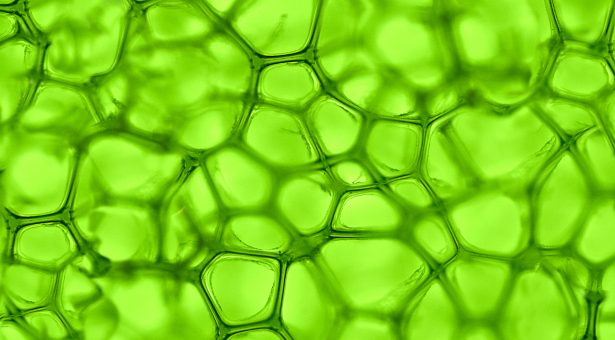Cells with something to say

For any multicellular organism to work, it is essential that one cell can talk to another.
John Innes Centre scientists have made the first step in defining the structure of communication channels between plant cells.
A team led by Professor Andy Maule has identified a class of proteins new to plant biology. These proteins affect cell-to-cell communication and their discovery could make it possible to regulate the flow of molecules between cells.
Communication between plant cells is essential for plant defence, growth and development.
For example, the mobile protein that initiates flowering has to move between cells from the leaves to the plant apex to transmit its message. In animals, cells can communicate by establishing physical contact and forming a pore in the cell membrane known as a gap junction. Molecules can pass through the junction without ever entering the external environment. Plant cells are more rigid being surrounded by the plant cell wall, which presents a barrier to the existence of equivalent gap junctions.
Plants overcome this problem by creating tunnels through the cell wall. These tunnels, called plasmodesmata, are not simply holes. They are complex and highly regulated structures but plant biologists have struggled to provide a deeper understanding of their composition and operation.
“For structures that are essential for the transport of molecules between cells and are therefore important for growth, development and disease defence, it has been highly frustrating that we have not understood the detail of what they are or how they work. We are sure that plasmodesmata will contain many tens of important proteins but our identification of this new class already means that we know now how we might regulate molecular flow from cell to cell. “
Professor Maule’s group has proved that the newly identified proteins are resident in plasmodesmata and that they have a significant impact on regulating the flow of molecules between cells.
By also identifying the molecular address that delivers the proteins to the tunnel they have also shown that they can deliver other proteins to the same location. These could be used to locate molecular policemen at the tunnel entrance to regulate who moves from one cell to another.
“Our discovery would not have been possible with just short term grants”, said Professor Maule. “Its history can be traced back over 15 years of literature and was dependent on taking long term adventurous approaches in proteomics only possible within an institute environment”.



